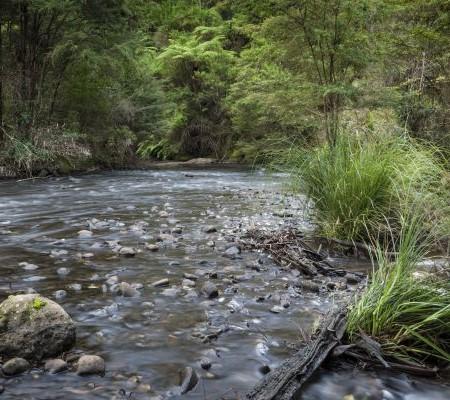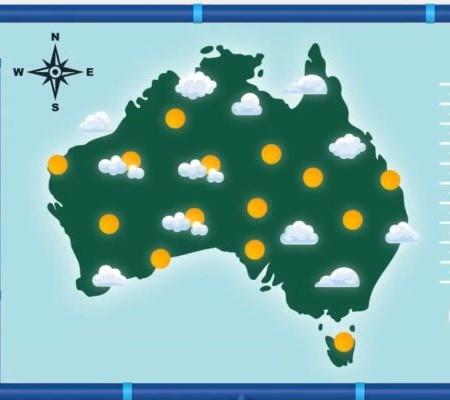 Return to search results
Return to search results
Running a waterbug session
This introductory guide to running waterbug sampling sessions is designed for teachers (Foundation to Year 8).
Waterbugs, or aquatic macroinvertebrates, are small creatures that have no backbone and can be seen with the naked eye. They live all or part of their life in the water, providing a food source for larger animals such as fish, frogs, birds and platypus.
Macroinvertebrate sampling complements water science analysis and can provide a quick assessment of the health of a particular waterway and site. When compared to other locations or at different times these assessments help us determine the health of, or changes that occur in, the aquatic ecosystem.
Field excursions are a great, hands-on way to enhance students’ involvement with their natural environment and can have a profound effect on their learning and wellbeing. Discovering waterbugs in your local waterway allows students to explore a fascinating ‘invisible’ world. It also showcases the work that aquatic ecologists and interested community volunteers do to protect our local waterways – and how students and their families can help.
The activities in this guide enable students to:
- act as scientists to identify and pose questions
- gather and analyse data
- draw conclusions to make evidence-based arguments about the health of a waterway.
- The guide also provides instructions for teachers collecting a waterbug sample for classroom use.
A short video with images and footage detailing how to run a waterbug activity with student groups, including what equipment you will need.
Learning outcomes and curriculum links
- Year F-2
-
Learning outcomes
- Explain what happens when people change natural places - waterways, and how they can be cared for
- Understand that different living things live in different places, for example, land and water
- Explore the different features of waterway species
Victorian Curriculum v2.0
- Geography: VC2HG2K05
- Science: VC2S2U01, VC2S2U02
- Year 3&4
-
Learning outcomes
- Recognise that waterway environments provide habitat for different species and require protection
- Identify the importance of waterways to the environment and to sustaining the lives of species
- Understand the importance of waterway habitats for different species
Victorian Curriculum v2.0
- Science: VC2S4U02, VC2S4U03
- Geography: VC2HG4K03
- Year 5&6
-
Learning outcomes
- Describe how waterway environments - habitats are changed and managed by people
- Identify the physical conditions of aquatic habitats
- Know that waterway species have structural features and behaviours that enable them to thrive in their environments
Victorian Curriculum v2.0
- Science: VC2S6U01, VC2S6U02, VC2S6U05
- Geography: VC2HG6K01, VC2HG6K03
- Year 7&8
-
Learning outcomes
- Understand the environmental impact of altered waterways on people, animals and places
- Explore human impacts on ecosystems in relation to food webs and food pyramids
- Identify and classify waterway species
Victorian Curriculum v2.0
- Science: VC2S8U01, VC2S8U04
- Geography: VC2HG8K02





